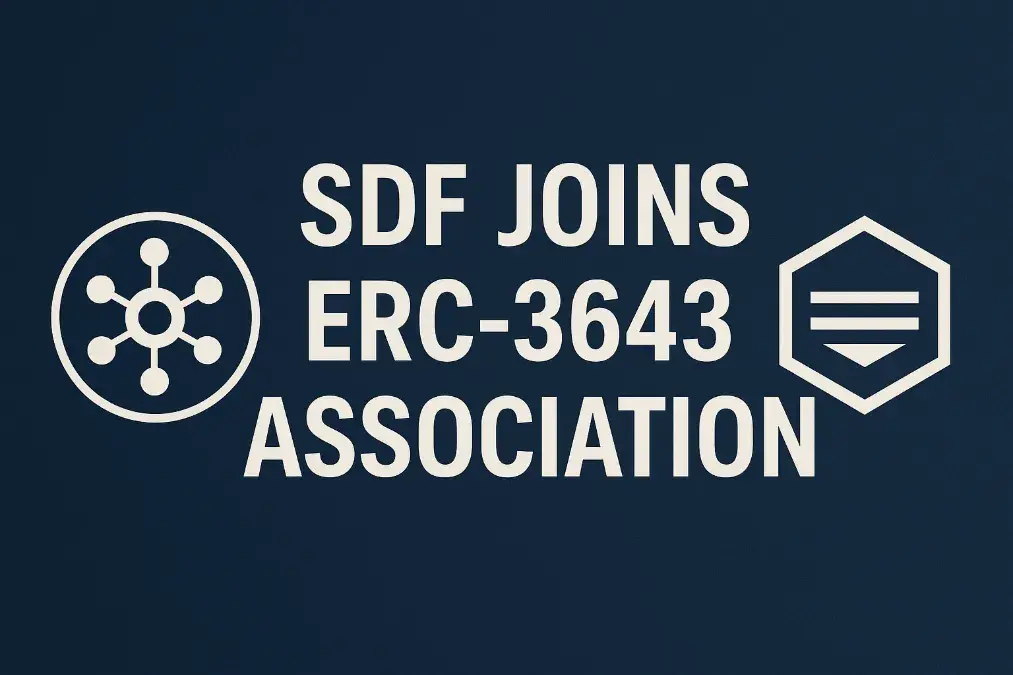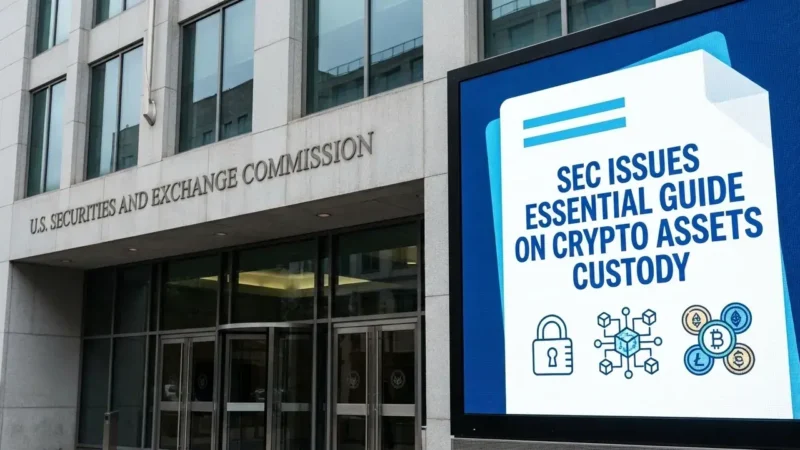A New Frontier for Compliant Tokenization: Stellar Development Foundation Joins the ERC-3643 Association

In a strategic move set to reshape the landscape of digital asset tokenization, the Stellar Development Foundation (SDF) has officially announced its membership in the ERC-3643 Association. This collaboration is more than just a formal partnership; it is a powerful statement about the future of finance, where regulatory compliance and open-source standards converge to unlock a new wave of institutional adoption. By joining forces with the creators and promoters of the ERC-3643 token standard, the SDF is deepening its commitment to providing a robust and compliant infrastructure for real-world asset (RWA) tokenization. This development has far-reaching implications, not only for the Stellar ecosystem but also for projects like the Pi Network, which could now be on a path toward offering regulated, borderless financial services.
Understanding the Foundation of the Partnership
At its core, this alliance is built on a shared vision of a more accessible, secure, and compliant financial system. The SDF, a non-profit organization dedicated to fostering the Stellar network, has long championed financial inclusion and interoperability. Stellar’s network, designed for fast and low-cost transactions, has been a favorite for cross-border payments and financial services. However, the next major wave of growth in the crypto space is widely expected to be driven by the tokenization of real-world assets—everything from real estate and private equity to art and commodities. For this to happen, a new generation of standards is needed that can seamlessly integrate traditional compliance requirements into blockchain technology.
This is precisely where the ERC-3643 Association and its core token standard, ERC-3643 (also known as the T-REX protocol), come in. While most people are familiar with the widely used ERC-20 standard for simple fungible tokens, ERC-3643 is a more sophisticated framework designed for permissioned tokens. Unlike a public token that anyone can hold, a permissioned token has built-in logic that enforces rules and regulatory compliance.
The Role of the ERC-3643 Standard in RWA Tokenization
The ERC-3643 standard is a game-changer for institutions because it embeds crucial compliance rules directly into the token’s smart contract. This includes:
- Identity Verification (KYC/AML): It ensures that only pre-verified and approved participants can hold or transfer the token, meeting strict Know Your Customer (KYC) and Anti-Money Laundering (AML) regulations. This is handled through an on-chain identity registry, which ensures compliance without revealing sensitive personal information on the public ledger.
- Transfer Restrictions: The standard can enforce conditional transfers, preventing transactions that do not meet pre-defined criteria, such as jurisdiction-specific rules or investor eligibility.
- Issuer Control: It gives token issuers the ability to control the tokens even after they are in circulation, with functionalities like freezing and force-transferring assets in case of a regulatory mandate or fraudulent activity.
This level of built-in compliance is essential for attracting institutional investors who operate within stringent regulatory frameworks. Without a standard like ERC-3643, a traditional financial firm cannot confidently tokenize a security, as it would be impossible to ensure that only accredited investors can hold it. The ERC-3643 Association provides a governance framework and a collective of industry leaders who are actively working to advance this standard, making it a trusted and reliable choice for major players.
Strategic Alignment: Stellar and the ERC-3643 Association
SDF’s decision to join the ERC-3643 Association is a brilliant strategic maneuver that aligns with its long-term goals. By contributing to the development and adoption of a leading RWA standard, Stellar positions itself at the forefront of the compliant tokenization movement. The Stellar network’s inherent strengths—speed, efficiency, and low transaction costs—make it an ideal blockchain for handling the high volume of transactions that a robust RWA market would generate.
Furthermore, SDF’s commitment to cross-chain interoperability is a key component of this partnership. The goal is not to trap assets on a single network but to facilitate the seamless movement of compliant tokens between different blockchain ecosystems, including Ethereum, where most of the ERC-3643-compliant assets currently reside. This collaboration will bridge the gap between Stellar’s high-performance network and Ethereum’s established ecosystem, creating a more unified and accessible global market for tokenized assets. The ability to move compliant tokens across chains is a critical step towards a truly “borderless” financial system.
The Potential Impact on the Pi Network Ecosystem
The news of SDF’s membership in the ERC-3643 Association has generated significant excitement within the Pi Network community. While the connection may seem indirect at first, it is, in fact, highly significant. The Pi Network, which operates on a modified version of the Stellar Consensus Protocol (SCP), is intrinsically linked to Stellar’s technological foundation. This means that as Stellar undergoes upgrades and adopts new standards, the Pi Network is poised to benefit.
While Pi Network is still in its “enclosed mainnet” phase and has faced some challenges, its core vision of creating a user-friendly, inclusive financial system could be supercharged by the developments on Stellar. The integration of ERC-3643 could open a clear, regulated pathway for Pi Network to realize its long-standing goal of supporting real-world utility and asset tokenization.
From Social Crypto to Regulated Assets
For years, the Pi Network has been a “social crypto” project, focused on building a large user base through its mobile-first mining approach. However, for the network to evolve into a legitimate and valuable financial ecosystem, it needs to offer tangible utility beyond simple peer-to-peer transactions. The ability to tokenize real-world assets in a compliant manner would provide that much-needed utility.
Imagine a future where Pi Network users can participate in a dApp that allows for the fractional ownership of a piece of property, a share in a private company, or even a digital bond. Without a framework like ERC-3643, such a venture would be fraught with legal and regulatory risks. But with the foundation laid by SDF’s partnership with the ERC-3643 Association, Pi Network’s developers could leverage this standardized framework to build applications that are not only innovative but also fully compliant with global financial regulations. This move could potentially attract the institutional capital and partnerships necessary for Pi Network to achieve its full potential.
Stay informed, read the latest crypto news in real time!
Conclusion: A New Era of Trust and Compliance
The Stellar Development Foundation’s decision to join the ERC-3643 Association is a defining moment for the digital asset space. It signifies a clear shift from the speculative, Wild West days of crypto toward a more mature, regulated, and institution-friendly environment. By championing open standards for compliant tokenization, SDF is not just strengthening its own ecosystem; it is contributing to the creation of a global financial infrastructure that is more secure, transparent, and accessible to everyone.
This collaboration lays the groundwork for a future where blockchains are not just for decentralized currency but are the underlying rails for a wide range of regulated financial instruments. For the crypto community at large, this is a clear sign that the worlds of traditional finance and blockchain are not just coexisting but are actively merging. And for projects like the Pi Network, this partnership offers a clear, tangible path to unlock real-world utility and finally fulfill its promise to its millions of users. The future of compliant tokenization is here, and Stellar is helping to lead the way.




